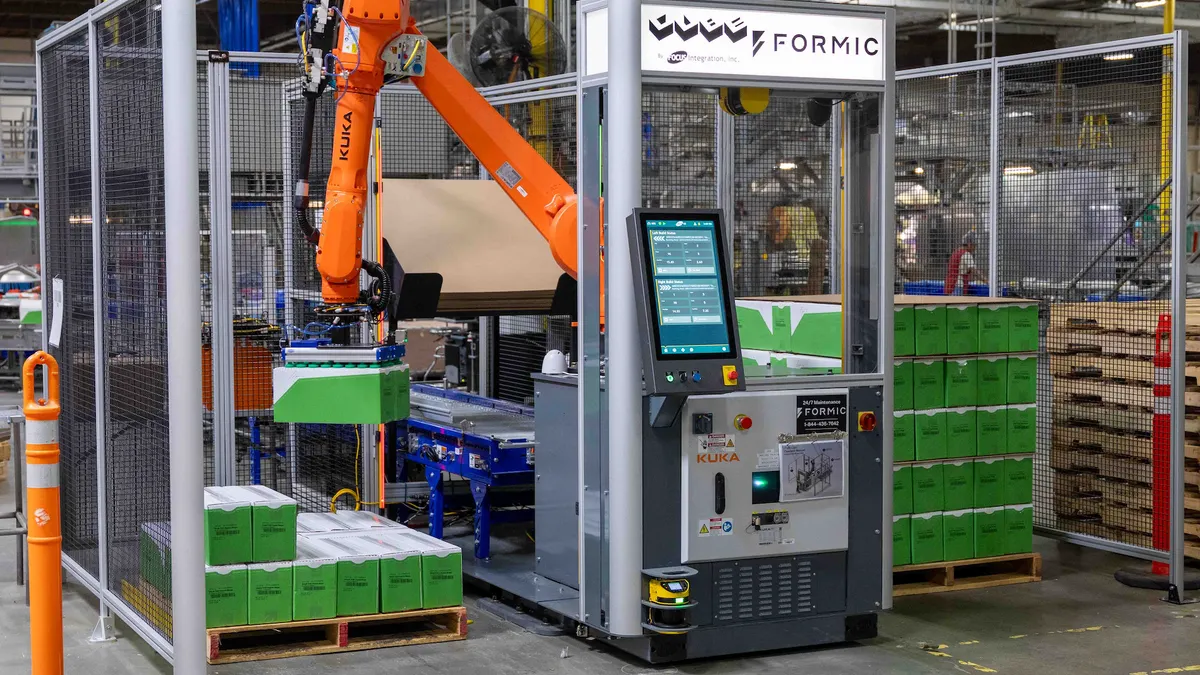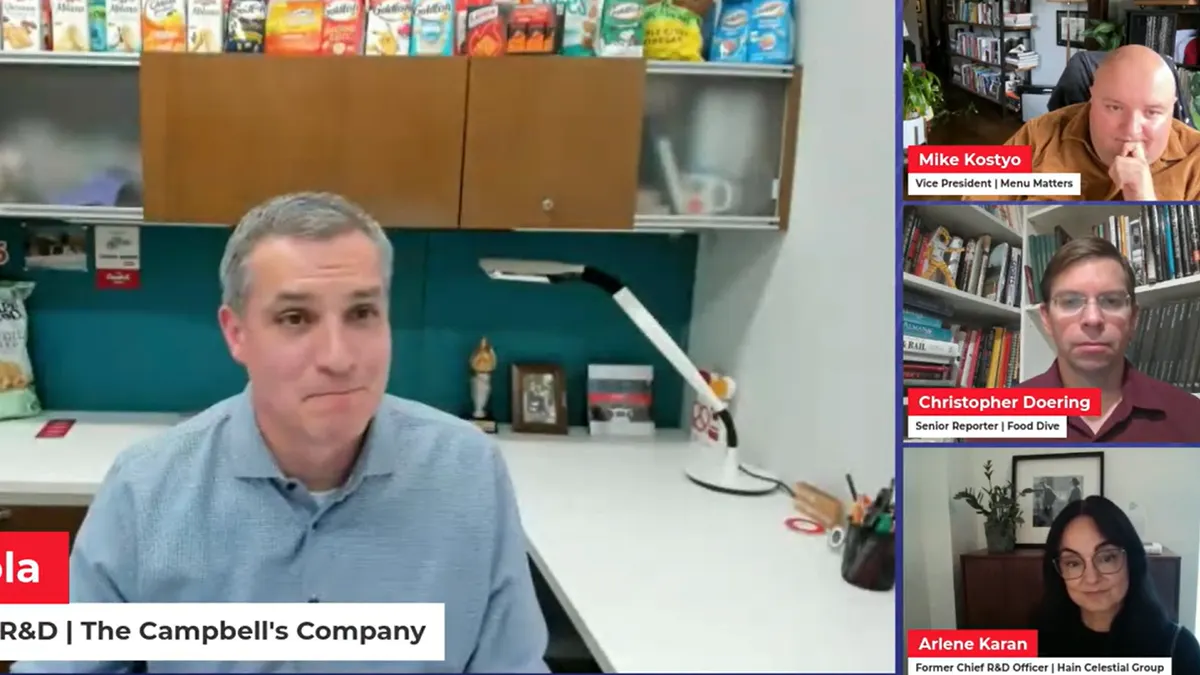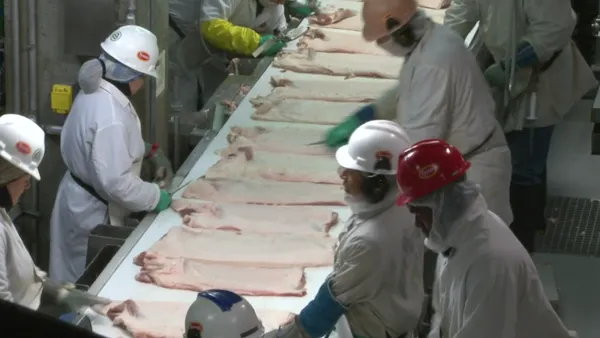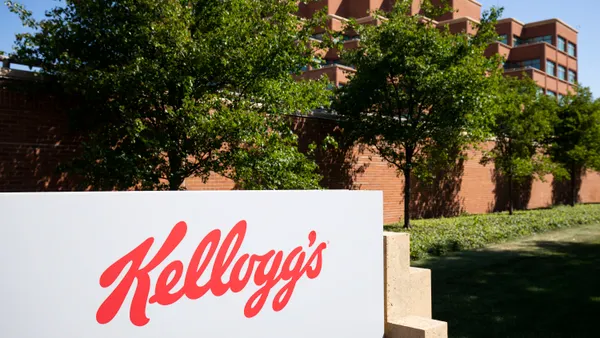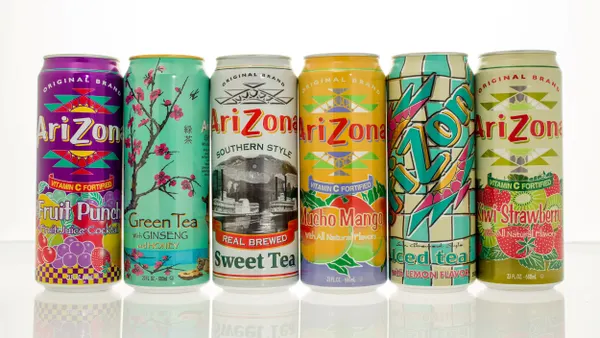For more than 25 years, Sunrise Family Farms has crafted yogurt, kefir, and buttermilk from locally sourced milk in Norwich, New York. What began in founder Dave Evans’ backyard — drawing on three generations of dairy farming — has grown into a thriving creamery just down the road, now led by Charlie Reinshagen and Roland Klimm, representing the next chapters of the family legacy.
As demand has grown and operations have expanded, Sunrise found itself at a crossroads familiar to many small manufacturers: how to scale smartly without losing what makes the company special. For this team, the answer lies in fully embracing automation, not as a replacement for people or tradition, but as a tool to protect both while preparing for the future.
“Our goal at Sunrise is to create a dynamic environment where tradition provides a strong foundation and a clear sense of identity, while technology catalyzes growth, innovation, and enhanced efficiency,” Klimm said. “Automation is a key part of this because it’s the only way to keep up with demand.”
Early Automation and Strategizing for the Longterm
Sunrise Family Farms wasn’t new to the idea of automation. The team had already automated its bottle handling line for drinkables — including adding a new bottle filler to increase capacity — as well as its bulk filling line. These upgrades gave Sunrise firsthand experience with the benefits of automation and opened the door to exploring other opportunities across the facility.
As the company prepared to take on new contracts, it became clear that its manual stacking line wasn’t going to cut it. Output needed to increase, and the physical demands on their team were becoming unsustainable.
That urgency led to a now-famous line from Reinshagen, co-owner, that stuck with Klimm: “I will not retire until you get me a robot.” It was more than a joke — it was a clear signal that the company was ready to invest in smarter, more scalable ways of working to ensure future success.

Building Buy-In from the Inside Out
A key driver behind Sunrise’s decision to deploy automation was to protect its team, and the company is a case study in the best way to get your team on board with working alongside automation.
Klimm emphasized that the management team engaged team members early in the process, asking them where they thought automation could eliminate bottlenecks and drive efficiencies. “This helped foster a sense of ownership,” Klimm said. “We articulated the rationale behind adding automation.”
In this case, this meant going through the benefits of adding a robotic palletizer, and how it lowers the risk of employee injuries due to repetitive motion, reduces errors, and strategically aligns with broader business goals.
“Automating palletizing allows employees to focus on more fulfilling and impactful aspects of their jobs,” Klimm said. “The responses we’ve received are overwhelmingly positive.”
Breaking the Manual Cycle
There wasn’t one specific event that made Sunrise realize it was time to automate its end-of-line stacking, but rather an accumulation of inefficiencies and slowdowns that led to wasted time, resources, and repeated errors.
Currently, the company’s palletizing is done manually across three shifts, six days a week — putting strain on employees due to constant bending, lifting, and twisting to stack boxes and get the product out the door.
“As our business continues to rapidly grow, we realized that it is difficult to scale quickly without automation because manual processes are a bottleneck,” Klimm said. “It’s hindering our ability to handle more work.”
In the last year alone, Sunrise has seen 250% growth. This upward momentum started the conversation around the cost of sticking with manual processes. While Sunrise recognized the opportunity to scale by automating its end-of-line, it needed to find the right partner first.
Why Full Service Automation Made the Most Sense for Sunrise
Automation is set to play an increasingly central role in Sunrise’s business. That’s why they needed a partner that allowed them to continue growing with automation, while keeping things flexible and manageable.
Formic’s Full Service automation model gave them a low-risk way to get started: no upfront capital investment, ongoing technical support, and maintenance built in. That level of support helped reduce the typical friction that comes with deploying new technology, especially in a high-output facility.
“Fully supported automation with no capital was ideal for us,” Klimm said. “You can buy an automation system, but you never know what tomorrow will bring. There is no risk for us with Formic. If you have a shortfall or the needs of a customer change, the equipment doesn't just sit there idle. We didn’t need to spend money up front. Most troubleshooting is done remotely. The service is there, and the reliability is there.”
Klimm emphasized that this approach gives Sunrise the space to gain experience and confidence before moving further into automation.
“Formic allows us to start small and dream big,” he said. “We plan on automating more with Formic down the line.”

What’s Next: Turning Automation into a Competitive Edge
Looking ahead, automation is key to transforming how Sunrise operates, influencing decision-making, customer engagement, and workforce development. It’s not just about efficiency, but transforming the capabilities of the business beyond what was once imaginable.
“I firmly believe that organizations that embrace technology strategically, focusing on ethical deployment, talent development, and continuous improvement, are best positioned for sustained success in the evolving business landscape,” Klimm said.
Sunrise is a roadmap for many businesses that have started their automation journey but want to continue scaling with purpose. It just takes the right mindset, the right partner, and the right rollout.
Connect with Formic today to start your automation journey. No upfront cost, full support, and the flexibility to dream big.

